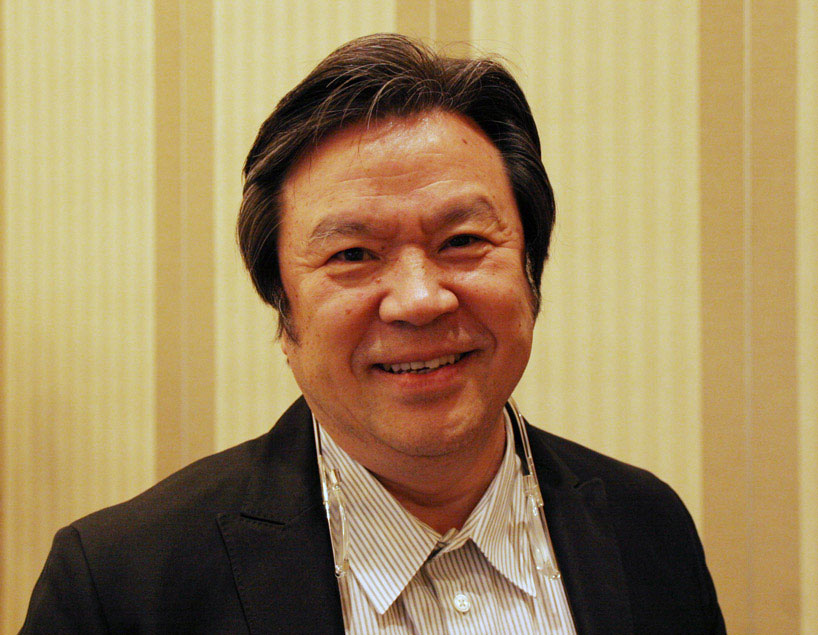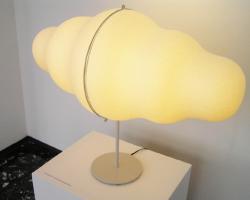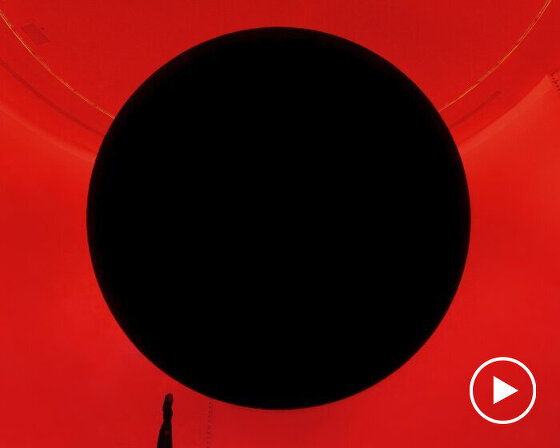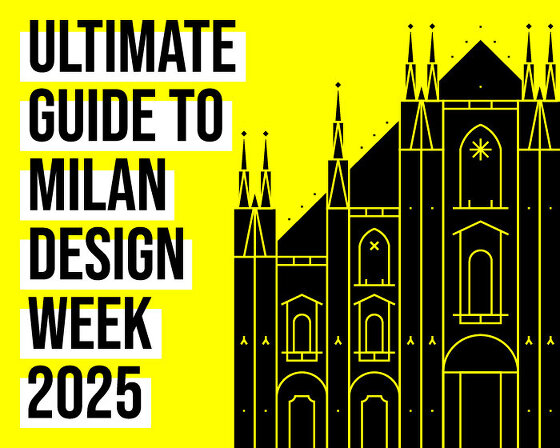toshiyuki kitaportrait © designboom
designboom met toshiyuki kita in milan on april 20th, 2007.
what is the best moment of the day?
in the morning because my head is clear.
what kind of music do you listen to at the moment?
I like classic music the most, but also contemporarymusic.
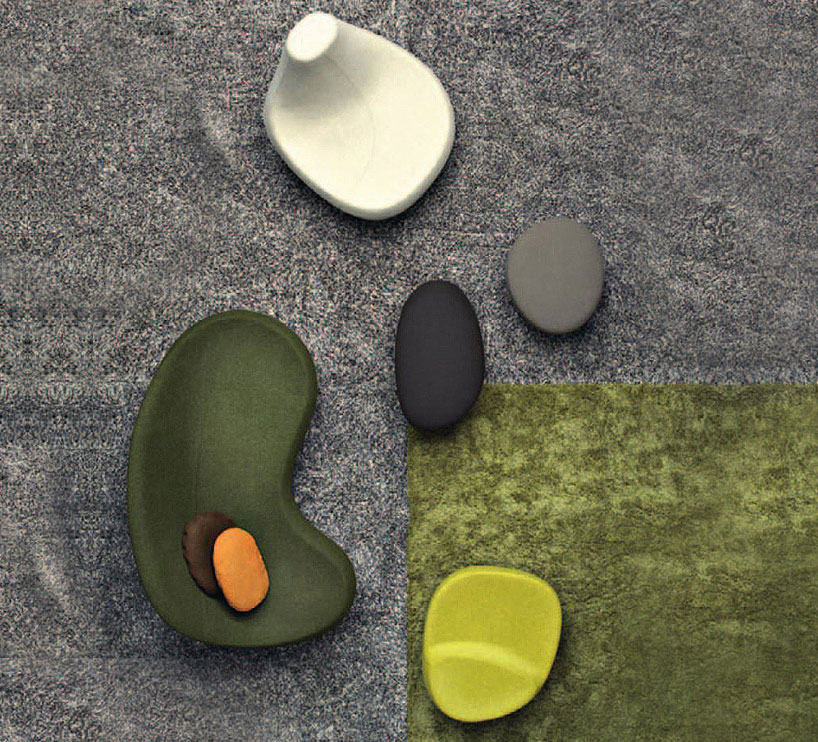
‘saruyama island’ for moroso, 2007
do you listen to the radio?
yes, often.
what books do you have on your bedside table?
currently I’m reading many history books, my currentexhibition is based the future of tradition so many booksthat I’ve read lately are related to this.
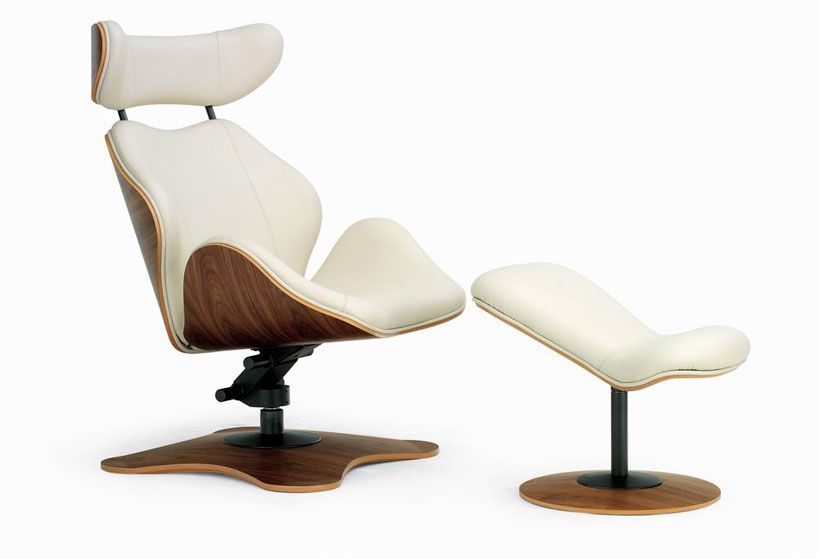
‘tok’ for stokke, 2005
the exhibition is entitled ‘the future of tradition’.
in the present era where globalization proceeds at arapid pace, new things are constantly produced whileold things fall into oblivion. it is essential for us tocontemplate on what is ourcultural heritage, traditionalculture.
do you read design and architecture magazines?
of course, I read many of these magazines.

‘hana’ for arita nanakura, 2003
where do you usually get your news from?
newspapers and the internet.
are there any clothes that you avoid wearing?
I never wear red, or violet, I prefer white, salmon-pinkand blue, what I’m wearing right now is by issey miyake(salmon-pink shirt and navy-blue jacket)
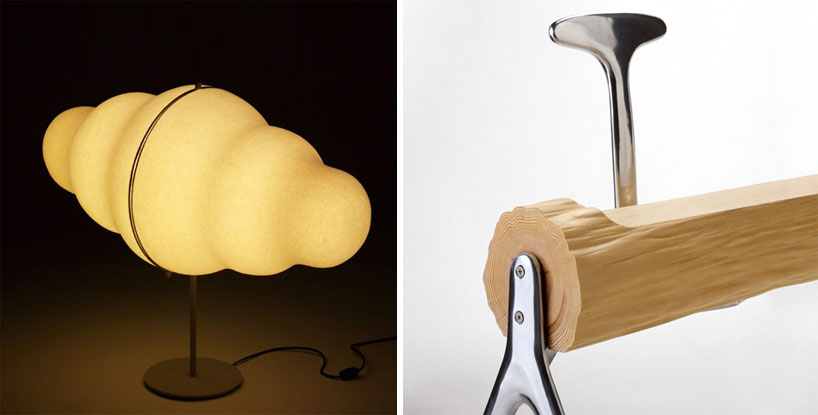
left: ‘aoya lamp’ for tanicuchi washi, 2005right: ‘wooden bench’, 2003
I assume you notice how women dress.
do you have any preferences?
I like the designs of calvin klein and issey miyakefor women.
do you have any pets?
we had a dog for ten years but he died last month.
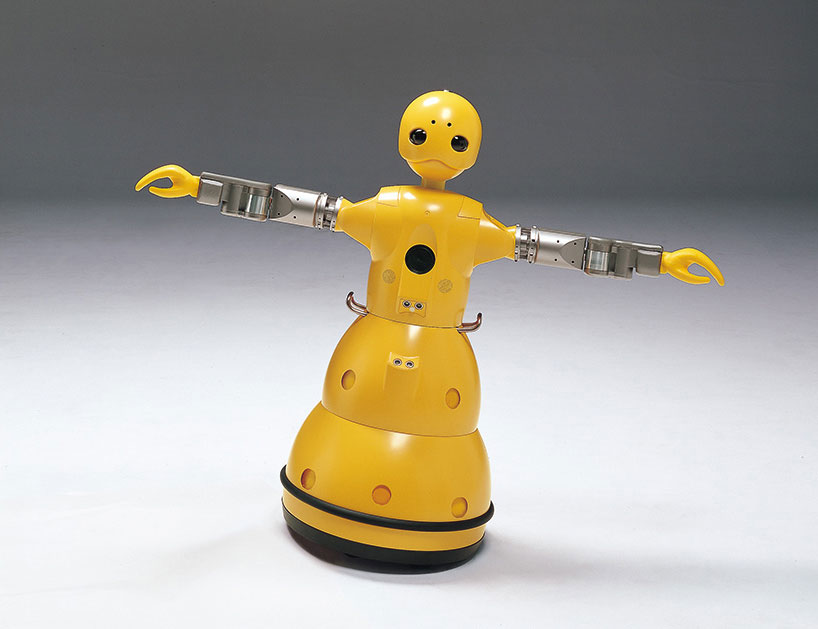
‘wakamaru’ for mitsubishi heavy industries, 2002
when you were young did you want to become
a designer?
when I was younger I wanted to be an artist,but then I ended up being a designer.
describe your style as a good friend of yours might.
I would say it is an organic style, the main theme wouldbe the balance between technology and nature. I like tocombine man made materials with natural ones.
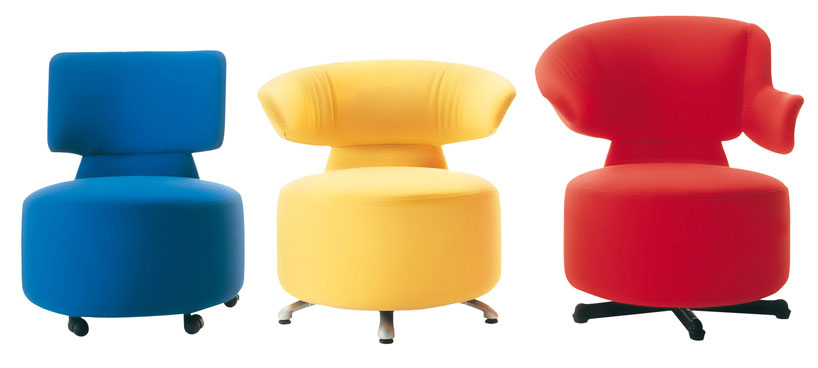
‘aki, biki and canta’ for cassina, 1996
do you discuss your work with other designers
and archtects?
I discuss and collaborate with craftspeople, in order toadapt their experience and perfection in work tocontemporary lifestyles.
can you decribe an evolution in your work?
more than being an evolution of conceptthe evolution is in the materials I use.
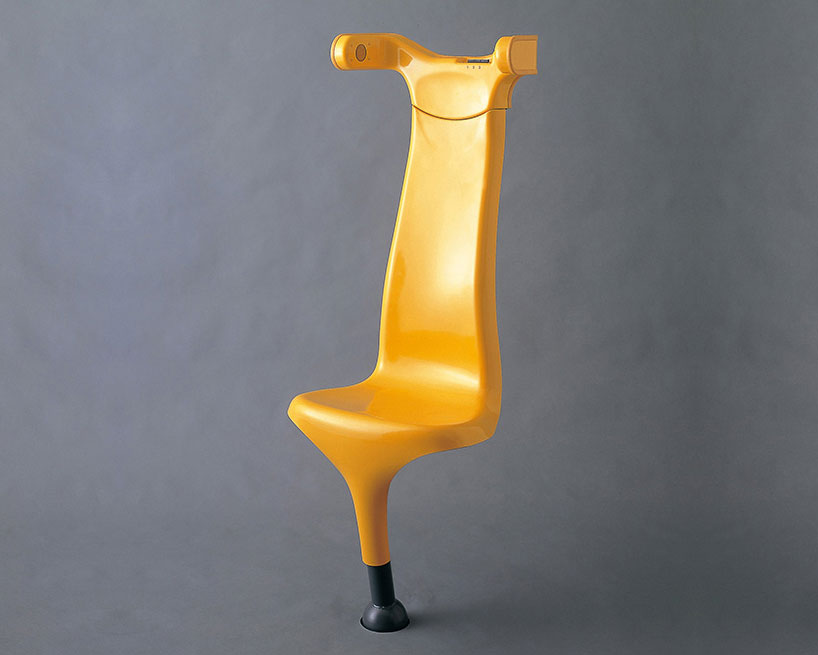
‘multi lingual chair’ for japanese pavilion at the seville world exposition, 1992
which project has given you the most satisfaction?
there are many. for example this watch (the ‘two pointswatch’ that he is wearing), the ‘wink’ and also the ‘multilingual’ chair. I especially enjoy projects where I examinethe tradition of the object, wether it’s the material orthe form.
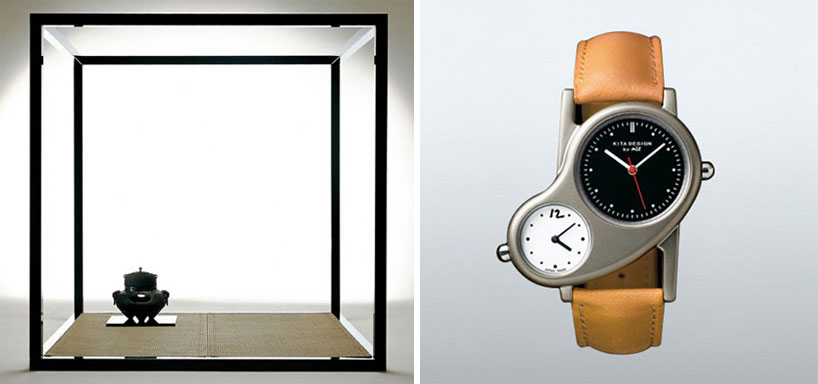
left: ‘ceremony space’ for ohmukai-koshudo, 1986right: ‘two points watch’ for miz, 1991
people have equated design with lifestyle…
yes, colour and shape. but I have a much more ‘holistic’approach. design is how you can harmonise manycomplex factors into a single form. design is in one word’harmony’ (or chowa) and its communication addsvibrancy to life. form and color transmit a messageand this message affects our feelings. however,the elements change over time, so we as designersalways have to review our approaches.
… but design is ‘added value’ creation for
businesses too.
yes, a designer must think of 3 points of view becausea good design interacts with 3 parties. the consumerwho buys and uses the products, the distributor orretailer who sells it and the manufacturer whosebusiness success depends on sale of the items. if theproduct does not sell well, the company will not makeprofit and pay the salaries. designs have to fit into theculture of a target market while sustaining attractivenessand saleability.
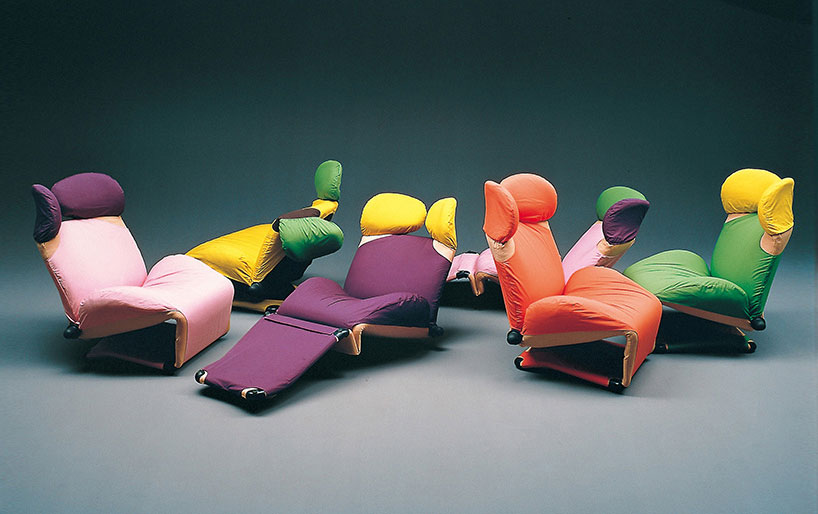
‘wink’ for cassina, 1980
how do you fuse ‘lifestyle’ and ‘business’ with
‘awareness’?
I always think about how to make people happy andsatisfied. the designer should create something specialthat convinces people to keep and treasure instead ofdiscarding.
do you have any advice for the young?
the basis of design is communication, so it is for people.art is for oneself. the designer should consider thepeople who use and will make their products.the designer should always consider ecology, economy,function and materials and try to achievea balance ofthese aspects.
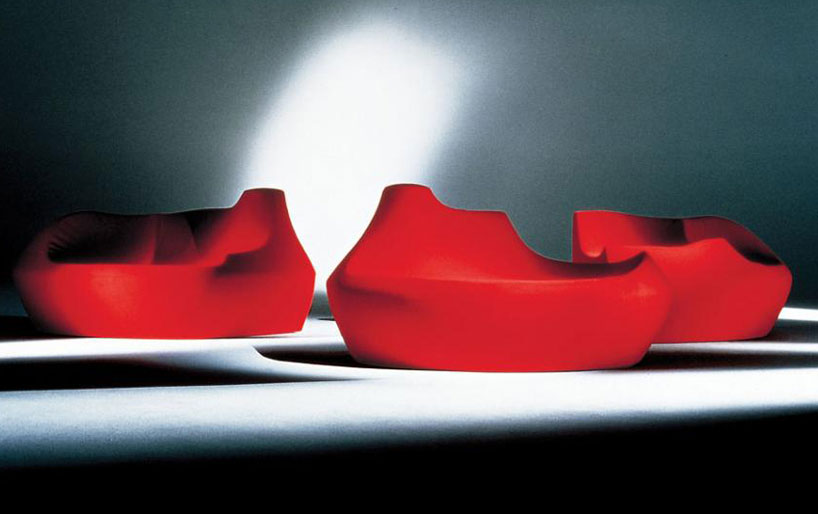
‘saruyama’ for moroso, 1969
is there a designer or architect from the past that
has influenced you or that you particularly appreciate
the work of?
rather than architects or designers, I take more influencefrom nature.
and those still working today?
there are a lot, for example in architecture jean nouveland shigeru ban. with designers it’s more dificult. thereare many who I like the work of, but they are my friendsso I can’t just name one or two. (laughs)
is there anything that you are afraid of regarding
the future?
the earth is not well, things are not going in the rightdirection, the temperature is rising and animals arebecoming extinct because of our actions, this issomething that worries me.

